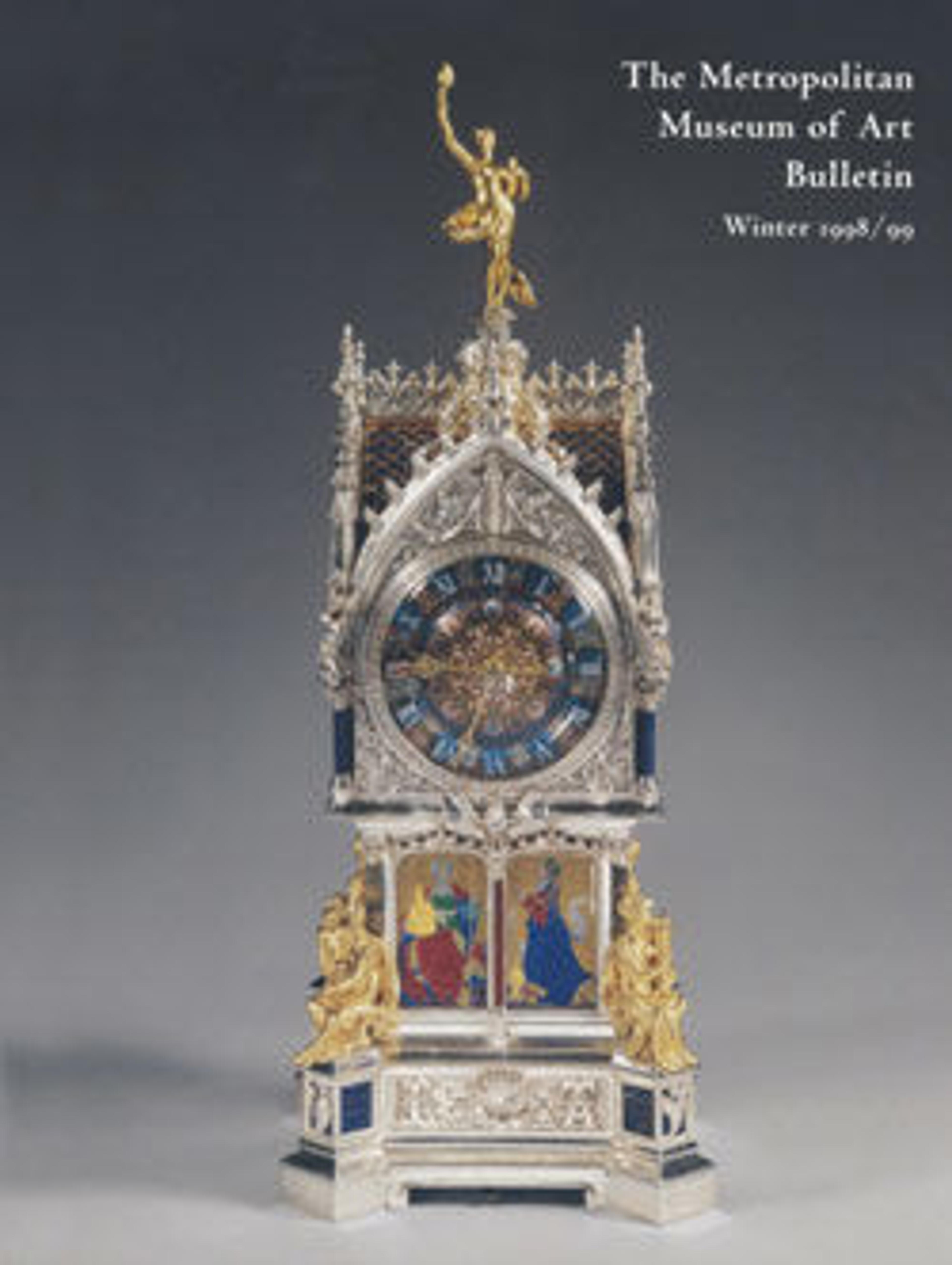Flounce
Trimmings of real handmade lace were very expensive prized possessions, and a piece as fine as this may never have been used. Queen Victoria had tried unsuccessfully to revive interest in Honiton laces, handmade in Devon, with the order for her magnificent wedding flounce, but the craft was already too far gone in the face of competition from machine production. After 1861, she wore the flounce with her mourning dress for the rest of her life.
As a result of the disappearance of lacemaking by hand on a commercial scale, collecting antique handmade lace became very popular in the late nineteenth century. Pieces such as collars and flounces were purchased to be worn. Exhibition pieces continued to be made, mostly in the form of handkerchief borders, until at least 1900. The Museum owns a number of fine examples.
As a result of the disappearance of lacemaking by hand on a commercial scale, collecting antique handmade lace became very popular in the late nineteenth century. Pieces such as collars and flounces were purchased to be worn. Exhibition pieces continued to be made, mostly in the form of handkerchief borders, until at least 1900. The Museum owns a number of fine examples.
Artwork Details
- Title: Flounce
- Manufactory: Verdé, Delisle & Cie.
- Date: ca. 1867
- Culture: Belgian, Brussels
- Medium: Needle lace, Brussels needle lace, Point de Gaze
- Dimensions: L. 117 1/2 inches
298.5 cm - Classification: Textiles-Laces
- Credit Line: Gift of Mrs. Edward S. Harkness, 1943
- Object Number: 43.37.1
- Curatorial Department: European Sculpture and Decorative Arts
More Artwork
Research Resources
The Met provides unparalleled resources for research and welcomes an international community of students and scholars. The Met's Open Access API is where creators and researchers can connect to the The Met collection. Open Access data and public domain images are available for unrestricted commercial and noncommercial use without permission or fee.
To request images under copyright and other restrictions, please use this Image Request form.
Feedback
We continue to research and examine historical and cultural context for objects in The Met collection. If you have comments or questions about this object record, please contact us using the form below. The Museum looks forward to receiving your comments.
